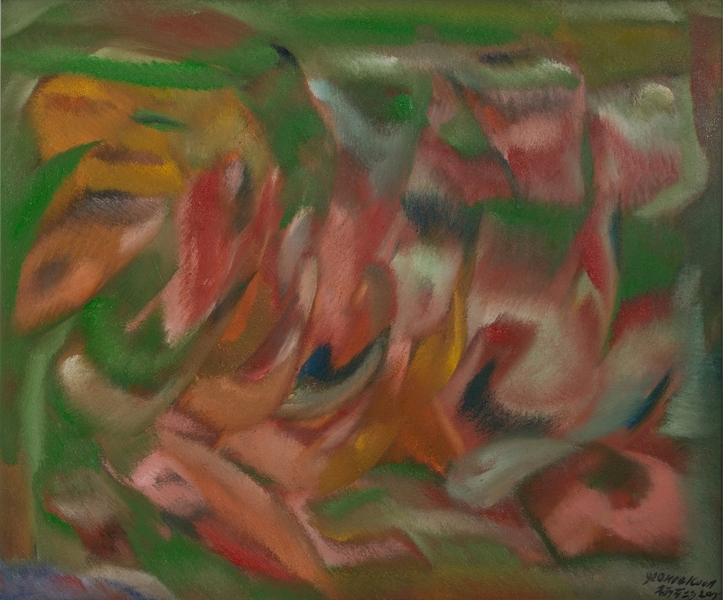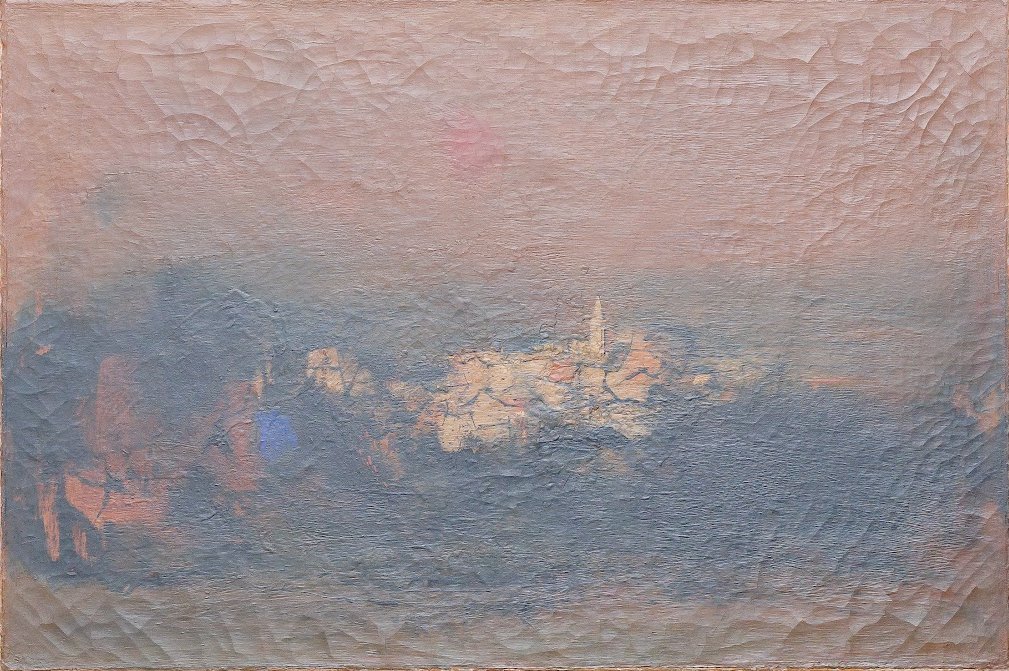Acrylic Painting on Canvas Team Bonding Art Jamming Singapore Visual Arts Centre
























Yeo Hoe Koon
Oil on Canvas
64 x 89.5 cm
Price Range: $16,000 - $20,000

Yeo Hoe Koon
Oil on Canvas
101 x 123 cm
Price Range: $26,000 - $32,000

Chen Wen Hsi
Chinese Ink and Color on Paper
50 x 54cm
Price Range: SGD $42,000 - $50,000

Cheong Soo Pieng
Red Tone
61 x 91.5cm
Price Range: SGD $108,000 - $138,000

Cheong Soo Pieng
Abstract Landscape
50 x 61cm
Price Range: SGD $95,000 -$128,000

Fan Shao Hua
Chinese Ink and Colour on Paper
100 x 100cm
Price Range: SGD $9,800 - $14,800

Fan Shao Hua
Chinese Ink and Colour on Paper
100 x 100cm
Price Range: SGD $8,800 - $13,800
专业儿童创意绘画课. 新加坡的家长非常重视孩子的教育,为了培养孩子的信心和创造力,让孩子从小就接触艺术,开发孩子的潜能,在孩子教育方面,家长们真是煞费苦心。最近新加坡儿童创意绘画课程风起云涌,大街小巷处处可见画画班,家长们面对这么多儿童绘画课程,又该如何从中做出最好的选择呢?专业的儿童创意绘画课程对老师又有什么要求呢?

专业儿童创意绘画课 – 丙烯画
家长给孩子报名绘画班首先考虑自己孩子的年龄和孩子学画画的目的来选择,不同年龄孩子需求不同,有的孩子喜欢画画,家长为了满足孩子们的兴趣 给孩子报画画班。有的家长为了开发孩子智力、锻炼动手能力让孩子学画画;有的家长希望孩子成为画家,从孩子小时候就用心栽培等等 一些学画画的理由,那么如何选对适合自己孩子的美术班,这是需要家长们做一点功课哦!


专业儿童创意绘画课 – 我们的小朋友正在手绘漫画
1)孩子如果孩子小,不超过9岁,孩子的绘画程度是在涂鸦和趣味创意儿童画阶段,这个阶段不要求画什么像什么,而是引导孩子通过想像力把自己对大自然事物的理解描绘出来。为这个年龄段的孩子选择绘画班要了解美术培训机构教师 的教学理念,优秀的美术教师要会读懂孩子,有耐心了解孩子的敏感度、善于发现孩子的长处,引导孩子独立主动去探索。要开发孩子的无限创意,采取自由式绘画,大胆尝试各种 绘画工具和媒介。孩子如果不超过 9岁,画画培训班千万 不能采用千篇一律的模式化教学,让 孩子在固定模 图片上填色,孩子不动脑,只是按图填色,枯燥无味,这种儿童课让孩子的绘画梦变得不再缤纷。孩子学习 绘画,不一定每次要完成一张漂亮的作业带回家,如果孩子来画画是象完成任务似的,孩子绘画乐趣就少多了。

专业儿童创意绘画课 – 我们的小朋友正在完成数码绘画作品
2)如果孩子超过 9 岁,已经到了能安静学习知识的年龄,这个年龄孩子学画画要开始接触专业绘画基础知识,应该选择专业科班美术教师教导。有些孩子在绘画方面有天赋,选择系统全面艺术教育培训,孩子能以艺术特长进入理想中学。有些孩子的梦想是当一名画家,从接触绘画开始,一定要学专业绘画知识,进入 正规专业训练,养成绘画的好习惯,基础绘画技能要扎实。孩子们有了好的绘画基础,为日后当画家、当设计师、从事美术教育工作等都有极大帮助。专业绘画 课程的内容要针对青少年的不同年龄设计,由浅入深,循序渐进。家长们给孩子们报名画画班,一定要选择专业绘画课程 。

新加坡视觉艺术中心是新加坡政府支持 的专业美术教育培训机构,具有完善的教学体系,教师均毕业于专业艺术院校,教学采取学院派教学方式,针对不同年龄的学生设计课程,针对不同需求量身定制具体的专业绘画课程。有些孩子经中心专业教师指点成功考上国外理想的艺术学校,有些孩子以艺术特长学生进入满意的中学,老师设计的培训计划和作品集准备课程非常有效地帮助学生顺利升学。




Click and get to our WhatsApp
Embark on a captivating journey into the vibrant world of digital art! Our Foundation in Digital Art workshop invites budding creatives aged nine and above to unleash their imagination and hone their artistic skills in a dynamic, supportive environment. From mastering basic digital tools to crafting mesmerizing digital masterpieces, children will explore a spectrum of techniques guided by seasoned mentors. Through hands-on activities and interactive sessions, participants will discover the endless possibilities of digital expression while fostering creativity and critical thinking. Join us for an exhilarating adventure where young artists transform ideas into stunning visual realities, igniting a passion for digital art
In the Batik Introduction Handkerchief Painting workshop, participants will learn the traditional art of batik, a wax-resist dyeing technique originating from Indonesia. The workshop begins with a brief history and overview of batik, highlighting its cultural significance and various techniques. Participants will then observe a demonstration of applying wax with tjanting tools and dyeing the fabric. Following the demonstration, each participant will design and create their own batik handkerchief, applying wax to create patterns and then dyeing their fabric. The workshop concludes with a group discussion, allowing participants to share their creations and reflect on their learning experience.